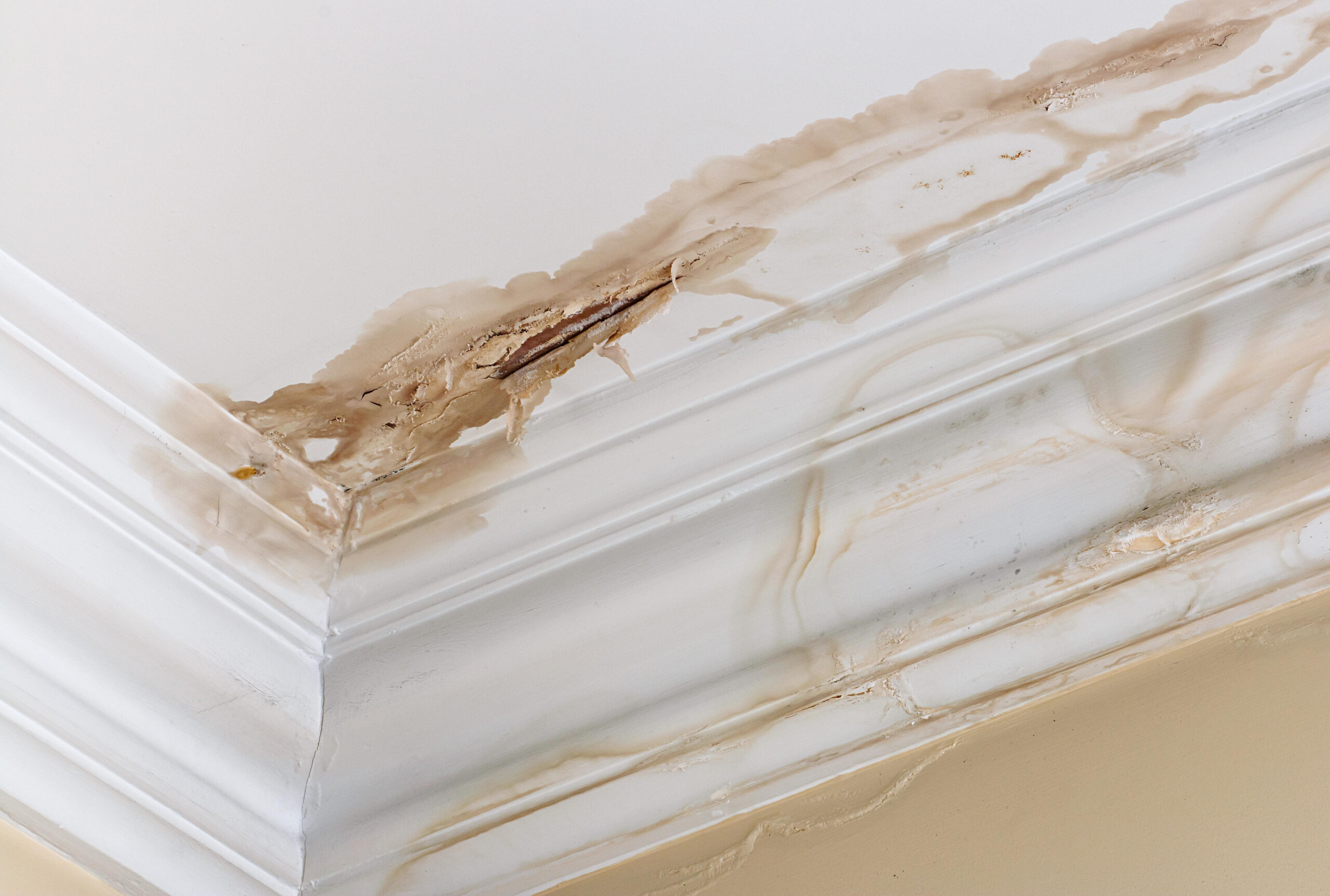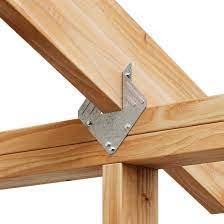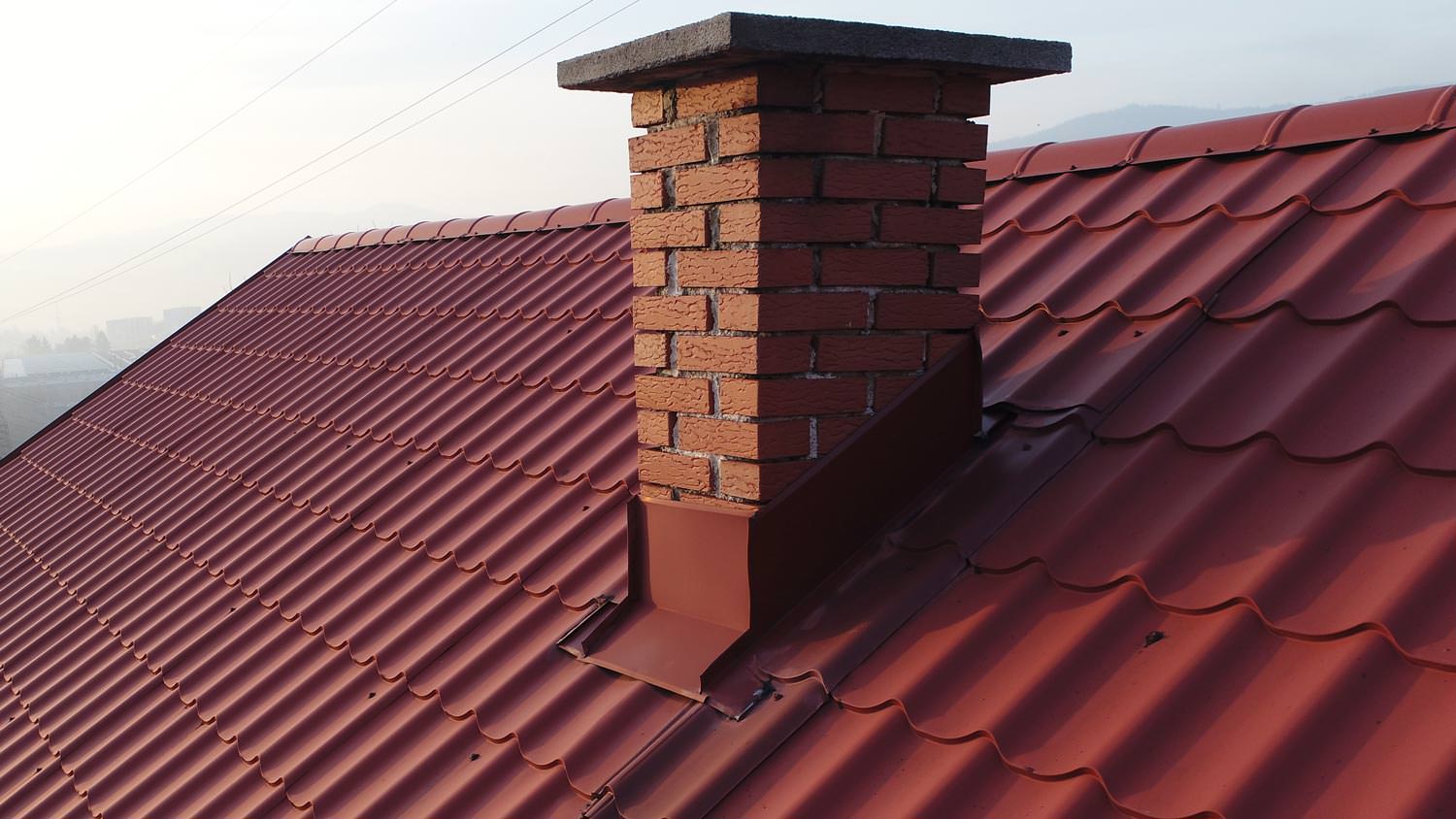What’s Really Happening When You Notice Water Leaking from Ceiling
Imagine this: after a heavy rain, you glance up and see a damp spot on the ceiling, or worse, water dripping from ceiling into a bucket. That’s a sign something’s wrong with your roof or the structure above. A ceiling leak means water found a path down, through roofing, underlayment, decking, insulation, drywall, and finally into your living space.
A leak in ceiling isn’t always obvious where it shows. Water can travel a dozen feet or more sideways before you see the drip. So, what looks like the leak location at your ceiling might be well downstream from where the roof is failing.
Before we dive into repair, let’s go over common causes, signs to watch for, and what you should do next. Our goal is to make sure you understand enough to make good decisions, and to trust HUDCO Roofing to handle the fix.

Common Causes of Water Leaking from Ceiling After Rain
Here are the main reasons roofs let water in—and why a ceiling gets soaked:
1. Damaged or Missing Shingles / Roofing Tiles
-
- High winds or hail knock off or crack roof shingles or tiles.
- The exposed underlayer then lets water seep in.
- You might see curled edges, splits, or outright missing pieces after a storm.
2. Worn or Poor Underlayment
-
- Underlayment is the layer under shingles. Over time, it degrades, rips, or develops holes.
- Even if shingles look okay, a weak underlayment lets water through.
3. Faulty Flashing Around Roof Penetrations
-
- Wherever roof meets a wall, chimney, vent, or skylight, there’s flashing to guide water away.
- Poor installation, corrosion, or gaps in flashing give water an entry path.
4. Valleys, Roof Joints & Slopes
-
- Where two roof planes meet (a valley) is a built-in weak point. Water funnels there.
- If the slope is shallow or the valley’s underlayment is damaged, leaks start there.
5. Clogged Gutters and Downspouts
-
- Debris in gutters causes overflow. When water backs up, it runs under shingles or up the side of the roof.
- That overflow is a typical cause of leaks especially at eaves or edges.
6. Roof Deck Rot or Structural Damage
-
- Wood decking underneath may rot from prolonged moisture or prior leaks.
- If the decking gives way, water leaks more easily and the ceiling underneath can sag.
7. Vent Boot & Pipe Flashing Failures
-
- The rubber boot around vent pipes can crack or shrink.
- That small break lets water in during rain, and it often drips onto ceiling drywall.
8. Ice Dams (in cold climates)
-
- If snow melts and refreezes at edges, water can back up under shingles and drip inside. (Less common in warmer climates but worth knowing.)
Signs That Point to a Leak in Ceiling

Knowing early signs helps prevent serious damage. Watch out for:
- Discolored ceiling patches (brown or yellowish).
- Peeling, bubbling, or flaking paint or wallpaper on ceilings or walls.
- Soft or sagging spots in drywall or plaster.
- Musty smell in rooms, especially near the ceiling or in the attic.
- Visible daylight, holes, or gaps in the roof from the attic side.
- Wet insulation or water stains in your attic.
When you see these signs after rain, that’s a red flag that water leaking from ceiling is happening now, not later.
Dangers of Ignoring Ceiling Leaks
Letting a ceiling leak go unaddressed is risky. You may end up with:
- Mold growth between ceiling and roof, mold thrives in moisture.
- Structural damage to rafters, joists, or ceiling framing.
- Damage to insulation, electrical wiring, light fixtures, and drywall.
- Potential safety hazard if ceiling weakens and sags or collapses.
- Higher repair costs later, what might be a small patch now could become a full roof or structural rebuild.
How HUDCO Roofing Diagnoses Water Leaking from Ceiling
Here’s what happens when HUDCO’s team comes to inspect:
Interview & Observation
-
- Ask when you noticed the leak, how often, and where exactly.
- Walk around outside to spot obvious roof damage or sagging.
Attic & Roof Deck Inspection
-
- Inside the attic, look for wet spots, dark stains, mold, or daylight coming through.
- Inspect roof decking (from below) for rot, holes, or damage.
Water Testing / Simulation (if needed)
-
- Sometimes water is gently sprayed over roof zones to trace where it enters.
- We may sanitize and dry the area to verify current leaks.
Map the Leak Path
-
- Trace back the path water followed to reach the ceiling drip.
- That often involves mapping from flashing, roof joints, penetrations, or valleys.
Detailed Report & Repair Plan
-
- Use findings to recommend what to repair (flashing, shingles, underlayment, deck).
- Provide a full cost estimate and timeline.
Once that’s done, we move to repair.
Repair Tips for Repair Water Damaged Ceiling & Leaky Roof
Below is what HUDCO Roofing suggests. Some are short-term patches; others are permanent fixes.
Immediate/Temporary Fixes (Do Only in Dry Weather & Safely)
- Place a bucket under the drip to minimize further damage.
- Use a tarp or plastic sheeting over the suspected roof area. Make sure the tarp’s upper edge is tied or anchored above the leak so water can’t slip under it.
- Seal small holes or cracks using roofing cement, elastomeric sealant, or patch kits.
- Remove debris from gutters and downspouts to stop overflow.
- Dry out any damp insulation or drywall that got wet—mold sets in fast.
These stopgap fixes buy you time. But they won’t be permanent unless the root cause is addressed.
Permanent Repairs (Best Done by Professionals)
1. Replace Damaged Shingles / Roofing Material
-
- Remove fractured or missing sections and re-shingle properly.
- Use quality shingles or roofing products to match and integrate.
2. Replace or Reinstall Underlayment
-
- Lay a new underlayment layer (felt, synthetic, etc.) under shingles.
- Ensure full coverage and secure attachment so moisture can’t pass.
3. Reflash Roof Penetrations & Valleys
-
- Remove and reinstall flashing around chimneys, skylights, vents.
- Use metal flashing (copper, aluminum) or proper booting and sealants.
4. Reinforce Roof Deck / Replace Rotten Decking
-
- Remove damaged decking, repair framing below if needed.
- Install new plywood or oriented strand board (OSB) and seal properly.
5. Inspect & Secure Roof Structure
-
- Make sure rafters, trusses, and joists are intact and tight.
- Strengthen connections (nails, screws, straps) if loose.
6. Check & Clean Gutters / Downspouts
-
- Keep gutters free of leaves or blockages so water moves away quickly.
- Extend downspouts so water drains away from foundation.
7. Finish Ceiling Repairs Inside
-
- Replace wet or moldy drywall, insulation, or ceiling tiles.
- Treat affected surfaces with mold-inhibiting primer/paint.
- Repaint and refinish to restore your ceiling’s look.
8. Post-Repair Inspection & Monitoring
-
- After repair, do a light rain test or water spray to verify leak is sealed.
- Monitor for new stains after storms and schedule inspections.
Through these steps, your ceiling stops dripping and your roof stays solid.
Why Choose HUDCO Roofing for Fixing Water Dripping from Ceiling?
Choosing a roofing company is serious business. Here’s why HUDCO Roofing is the right choice:
- Licensed, bonded, and insured—we stand behind our work.
- Deep experience in roof repair and diagnosing tricky leaks. (See our Roof Repair services.)
- Capable of full residential roof replacement when leaks show wide structural damage. (See our Residential Roof Replacement.)
- Certified in FORTIFIED Roofing System Installation — we can build or retrofit roofs to FORTIFIED™ standards. (See our Fortified Roofing page.)
- Available for Emergency Roof Repair if leaks are severe right now. (See our Emergency Roof Repair.)
- In-house expertise handling roofing insurance claims so your repairs may be covered. (See Insurance Claims.)
- Offer financing options so repairs or replacements don’t break your budget. (See Financing Options.)
- Experience in commercial roof repair for larger buildings, too. (See Commercial Roof Repair.)
Plus, HUDCO Roofing serves many regions, so wherever you are, help is likely nearby:
- Roofing services in Baton Rouge, LA — see our Roofer in Baton Rouge, LA
- Lafayette, LA — Roofing Company in Lafayette, LA
- New Orleans, LA — Roofing Company in New Orleans, LA
- Lake Charles, LA — Roofing Contractor in Lake Charles, LA
- Shreveport, LA — Roofing Company in Shreveport, LA
If you’re reading this and dealing with water leaking from ceiling in one of these areas, HUDCO Roofing is right in your neighborhood.
Contact HUDCO Roofing in Louisiana
A situation where you see water leaking from ceiling is not just an inconvenience—it signals a breach in your roof’s defenses. Without prompt repair, damage can spread, mold can grow, and repair costs can balloon.
HUDCO Roofing is ready to diagnose the issue, explain it clearly, and fix it. Whether the problem is a small leak or a failing roof, the team handles leak in ceiling repairs, full roof upgrades, or replacements. If water dripping from ceiling is happening right now, don’t wait—let us step in and protect your home.
Call 318-584-0044 today or visit our Contact Page to schedule a free inspection. Let HUDCO Roofing stop that leak and restore your peace of mind.
FAQ (Frequently Asked Questions)
Q: How soon should I act when I see water leaking from ceiling?
A: Act immediately. The longer you wait, the worse the damage. What might be a small patch now could turn into structural damage or mold later.
Q: Could the leak be from plumbing and not the roof?
A: Yes. Always check plumbing lines, bathrooms, piping above the spot. But if the leak appears only when it rains, it’s almost certainly roof-related. A plumber might rule out internal leaks first.
Q: Will my homeowner’s insurance cover repair?
A: It depends on your policy and what caused the leak. Storm damage may be covered; wear and tear or lack of maintenance might not. HUDCO Roofing can assist with roof insurance claims.



